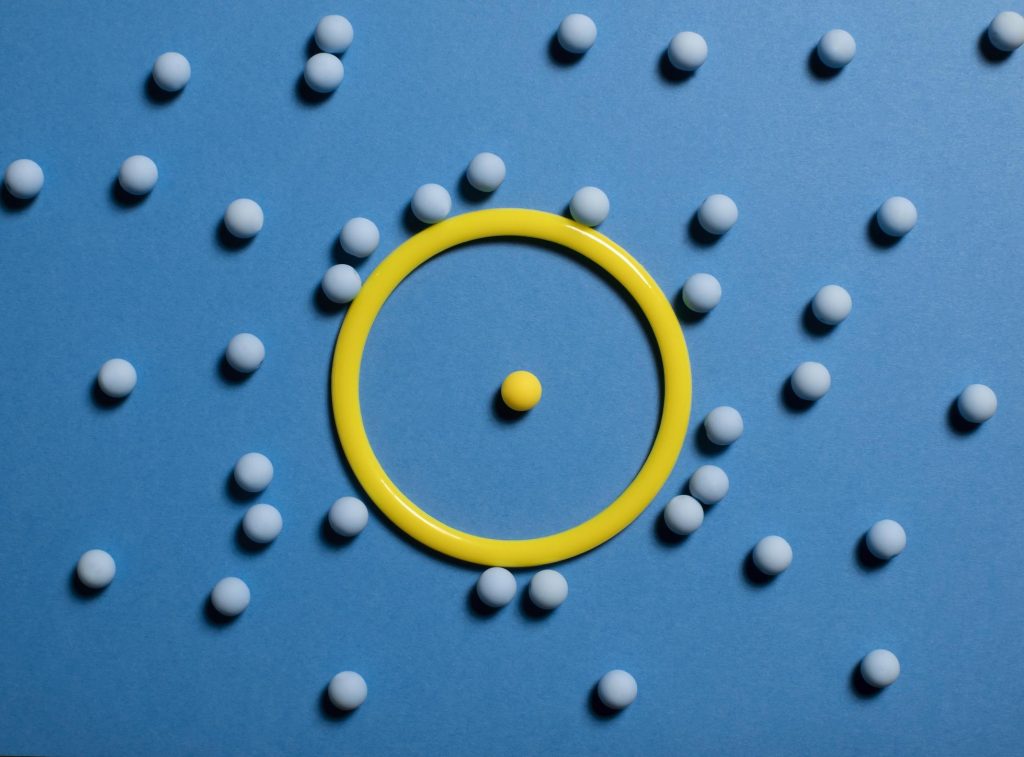If you feel like your attention span is shrinking, you’re not alone. And you’re definitely not imagining it.
Research by psychologist and professor at the University of California, Dr. Gloria Mark, found that in 2021, the average duration an adult could focus on a screen was just 47 seconds. That’s down from 2.5 minutes in 2004—a nearly 69% drop in two decades.
Not only that, Dr. Mark’s research also found that it takes the brain about 25 minutes to refocus on the task at hand when our attention is disrupted.
What’s Fogging Our Focus
“We live in an environment that is saturated with digital stimuli. This conditions our brains to expect constant novelty,” says clinical psychologist Dr. Holly Schiff. “This novelty bias activates dopamine pathways—rewarding us for switching attention rather than maintaining it,” she explains.
Excessive multitasking makes things worse, further chipping away our ability to stay focused.
How To Find Your Focus
The good news? It’s not irreversible. Here are six expert-approved strategies to minimize distractions and reclaim your focus, starting now:
Our brains are not designed to perform multiple complex tasks simultaneously. Instead, we rapidly switch between tasks. And each switch requires the brain to reorient itself, which consumes mental energy and slows overall performance, Dr. Schiff explains.
To improve focus, Dr. Schiff recommends practicing single-tasking instead. The idea is to commit to doing only one task at a time without any distractions. Start with short periods of single-tasking, say 20 minutes, and build up as you strengthen your focus muscles, suggests Dr. Schiff. One way to ease into the habit is using the Pomodoro technique, which encourages working in small, focused sessions followed by short breaks.
“One of my favorite ways to zip up focus immediately would have to be binaural beats,” says Dr. Therese Huston, cognitive neuroscientist and author of Sharp: 14 Simple Ways to Improve Your Life with Brain Science.
Binaural beats are an auditory illusion created when two tones of slightly different frequencies are played separately into each ear at the same time.
Research suggests listening to binaural beats can improve concentration by what’s known as “entraining the brain,” making distractions fade into the background, Dr. Huston explains.
All you need to do is put on headphones and cue up 40 Hz binaural beats on YouTube or Spotify. Turn it down to a volume where you can hear the tones, but they don’t distract you. Then get back to work on whatever needs your focus.
Dr. Regina Lazarovich, clinical psychologist and founder of Compass CBT, recommends the ‘distractibility delay’ technique to clear mental distractions and stay focused on the task at hand.
You start by breaking tasks into manageable chunks. Then, when a stray thought or unrelated task pops into your head while you’re working, you write it down instead of immediately acting on it and get back to what you were doing. Once the focus session is over, you can review the list and decide if you actually want to address any of those distractions.
While coffee contains caffeine, tea contains both caffeine and L-theanine. A randomized controlled trial published in the Nutritional Neuroscience journal reported that this combination may help us maintain focus when switching between tasks and make us less likely to get distracted by irrelevant information.
“Single tasking is always better, but if you know it’s a day when you’re going to be constantly pulled out of your most important task, keep a mug of tea within reach and you’ll find it easier to dive back into your main task,” says Dr. Huston.
Black, green, matcha, oolong, and white teas all contain L-theanine. Pro tip: The longer you steep your tea, the more L-theanine it has.
In his New York Times bestseller The Shallows, author Nicholas Carr notes that when the amount of information flowing into our working memory, aka our “cognitive load,” exceeds what our brain can handle, it becomes nearly impossible to retain or process what we are taking in. Much like an overflowing thimble, writes Carr.
Carr points out that because our ability to stay focused also depends on our working memory, “a high cognitive load amplifies the distractedness we experience.” In other words, the distractions become more distracting.
Being mindful of our social media consumption is one of the easiest ways to reduce this cognitive load. Setting a time limit, keeping your phone away during meals and bedtime, and turning off unnecessary notifications can go a long way in protecting and improving your focus.
Practicing mindfulness for as little as five minutes a day, be it meditation, mindful walking, or intentional breathing, can increase the brain’s capacity for sustained attention over time, says Dr. Michael Wetter, director of psychological services at the UCLA Santa Monica Medical Center.
If you’re finding it difficult to stay present during the practice, consider using guided meditations or focus points (like your breath, body sensations, or visualizations) to anchor your attention.
And lastly, remember that your brain isn’t built for endless focus. So, be sure to set realistic expectations and take strategic microbreaks throughout the day.

